14 ways to wash, clean ceramic (tile) tiles
Ceramic tiles are present in every apartment today. It is used in rooms where high humidity often reigns, temperature differences are observed, and there are also splashes of dirt and grease. The tile takes a powerful blow, but even such a resistant material can be coated with a coating that is not always easily removed. The specialists of the TOPKLIN SERVICE company, whose main specialization is office cleaning, helped us select the most effective ways to wash ceramic tiles. The company employs real professionals who know well how to clean a particular type of surface from even the most difficult contaminants, and do this as soon as possible so as not to disrupt the workflow in the office.
No. 1. Special tools for tiles
The industry has long developed a host of special formulations that help wash away plaque, greasy stains, all kinds of dirt and even traces of mold from the tiles. Under the trademarks Silit, Santik, Domestos, Comet, Seth, Mr. Muscle and others, funds are released that allow you to restore the tile to its original form in a matter of minutes.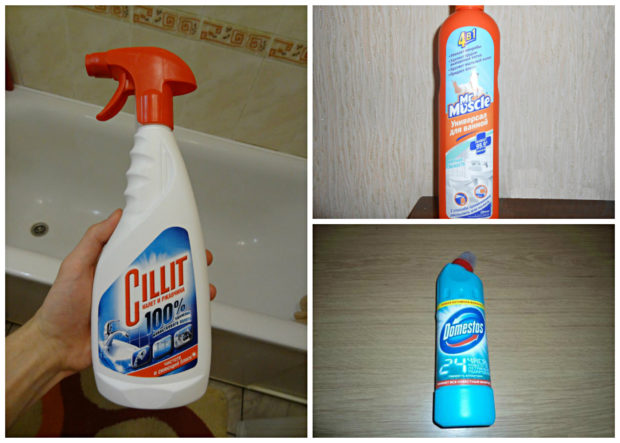
Before buying, it is important to carefully read the rules of use and the type of tile that can be cleaned with similar tools. It's better take cream or gel formulations - products with abrasive particles can leave a lot of small scratches on the tile, in which dirt will accumulate well in the future. Also worth considering tile chemical resistance class: Class A and AA tiles are the most resistant to various types of aggressive agents and will easily survive almost any effect, which cannot be said about tiles with a resistance index C.
It is advisable to take a tool that does not contain chalk. If the joints between the tiles are treated with epoxy grout, then acid-containing products are also prohibited. If a whitish coating appears on the tile, it is better to take a product containing chlorine. The processing method will be detailed on the packaging - it must be carefully followed.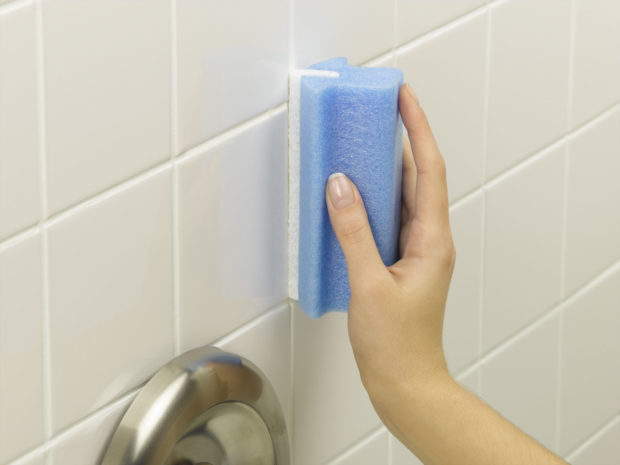
No. 2. Dishwashing liquid or soap
Slight dirt can be washed with a normal dishwashing detergent. It is enough to dissolve a small amount in warm water until foam forms. The resulting solution is applied with a sponge to the contaminated tile, left for 10-20 minutes, and then thoroughly washed with ordinary water.
Instead of detergent, you can take ordinary soap (laundry is not recommended). To make the dissolution process faster, you can rub the bar soap into warm water. Further, the washing process is similar to that when using the dishwashing detergent.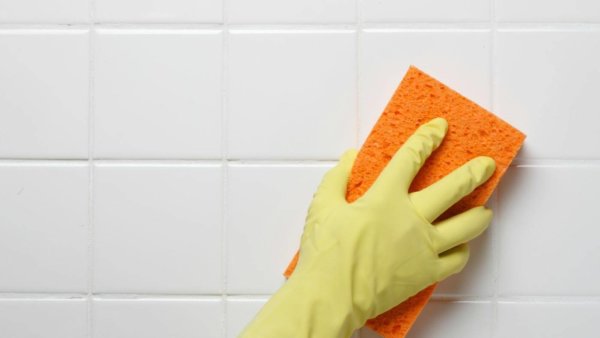
No. 3. Glass Cleaner
If a special tool for washing tiles is not always at hand, then the composition for washing glasses and mirrors is, for sure, in the arsenal of every housewife. Almost every similar tool contains ammonia, which will help remove small impurities from the tile and restore its original shine. The cleaning method is no different from washing windows: It is necessary to spray the composition, and then carefully treat the surface with a soft rag.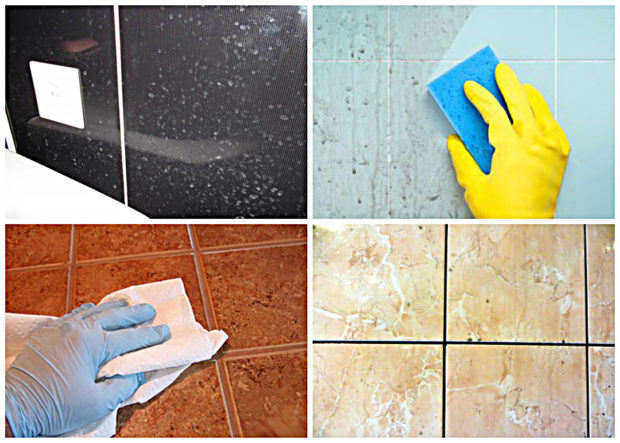
Number 4. Lemon acid
Modern detergents, of course, are effective, but they also have disadvantages. First of all, household chemicals can cause allergies. Secondly, it requires a very careful relationship with her, since sometimes the concentration of aggressive chemicals in them can damage the skin of the hands and even the respiratory tract. Thirdly, it is not possible to completely wash off some products even with a large amount of water. Therefore, it is not surprising that today many refuse store-based products and move on to the use of folk.
The most popular and easiest way to clean ceramic tiles from grease, lime and deposits is to use lemon juice. Problem spots must be carefully rubbed with lemon and left for several minutes. Lemon juice can be squeezed out, diluted with water a little and spray the resulting concentrate with a spray bottle. After a few minutes, the juice is washed off with water. The bonus of this method is that the room will be filled with a pleasant and, most importantly, natural aroma.
Alternatively suitable citric acid powder. The bag is dissolved in a glass of warm water and the resulting liquid is used for processing.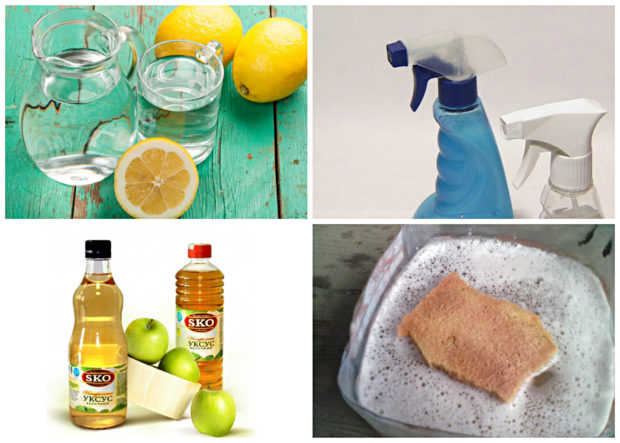
No. 5. Soda and Vinegar
The reaction of soda and vinegar allows soften deposits of dirt and plaque. To wash the ceramic tile, it is necessary to apply gruel from soda on the problem areas, slightly moistened with water. Then a solution of table vinegar is sprayed, it is most convenient to do this using a spray bottle. Let the components react for 3-5 minutes, then the pulp must be washed off.
No. 6. Soda
Soda itself is also capable of acting well on fatty contaminants. In general, this substance is considered a universal cleaning agent, it can also be used to remove, for example, coffee and tea stains that have gotten into the dishes. The method of washing is the simplest: wet the sponge, dip it in soda powder and begin to carefully treat the surface of the tile, dip the sponge into soda powder again and again as necessary. Clean plaque and dirt thoroughly, but do not press too much so as not to scratch the tiles. The method is effective even with severe contamination.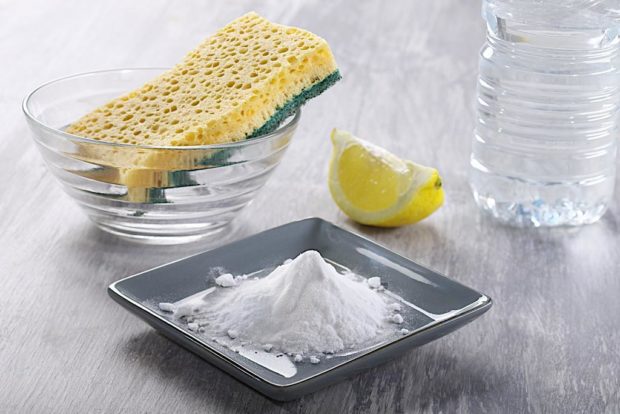
Number 7. Vinegar
Acetic acid, like citric acid, is capable of destroy fatty deposits, plaque and other contaminants. It is better to use ordinary table vinegar with a concentration of acetic acid of not more than 6%. If only acetic essence with a concentration of 80% is available, it is better to dilute it with water in a ratio of 1:11.
It is better to apply vinegar solution to the tile using a spray gun. If there are serious contaminants on the surface, it is better to leave the product for 20-30 minutes so that it breaks down the coating. A surface coated with vinegar can be additionally cleaned with a neutral soft brush. After the manipulations, it remains only to rinse the surface with warm water and wipe it with a soft microfiber cloth.
A big plus of the method is the harmful effects of vinegar on mold, but when working with acid, it will be necessary to protect the hands and respiratory organs well. The method is not suitable for those who have an increased sensitivity to odors. Frequent washing of tiles with vinegar can lead to the destruction of tile joints, so this method is best alternated with others.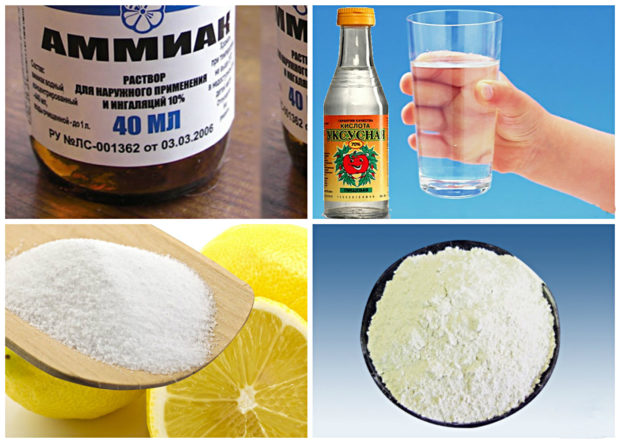
Number 8. Ammonia
Liquid ammonia fights well with plaque, dirt and mold. For 4 liters of water, add 125 ml of alcohol. Further, the cleaning method is the same as with vinegar. Liquid ammonia very well cleans various types of contaminants, but it is not recommended to use it regularly - it is necessary to alternate such treatment with a more gentle one.
No. 9. Hydrogen Peroxide Solution
This tool is called universal and very effective. It will help deal with pollution of any kind, and all the components can be found in almost any home. Pasta is prepared from ½ cup soda, ¼ cup hydrogen peroxide and 1 tsp.liquid soap. All components are thoroughly mixed. If the contamination is small, paste can be applied to the sponge and wipe the desired area, then rinse the surface with water. If the pollution is strong, then the paste can be left for 10 minutes: the dirt under the influence of the components of the mixture will begin to dissolve and as a result it will be much easier to wash off.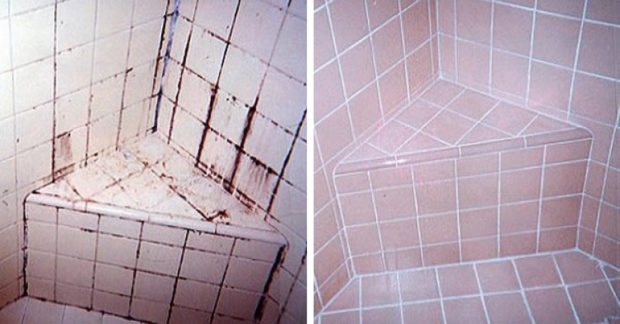
No. 10. Chlorine Powder
Chlorine is capable deal with the most serious pollutionIt is an effective disinfector that allows parallel solve mold and mildew, so this method is often apply in damp rooms. Chlorine powder is diluted in water, the solution is poured into a spray bottle and sprayed onto a contaminated surface for 10-15 minutes, then wipe the tile with a sponge to remove dirt, and then with a well-damp cloth.
It is necessary to work with such an aggressive product with gloves, and even better - use a mask to protect the respiratory system. Often it is not recommended to use bleach, otherwise you can not only dissolve plaque, but also damage the surface of the tile and discolour the grout. Some housewives instead of chlorine powder use a ready-made liquid such as Whiteness.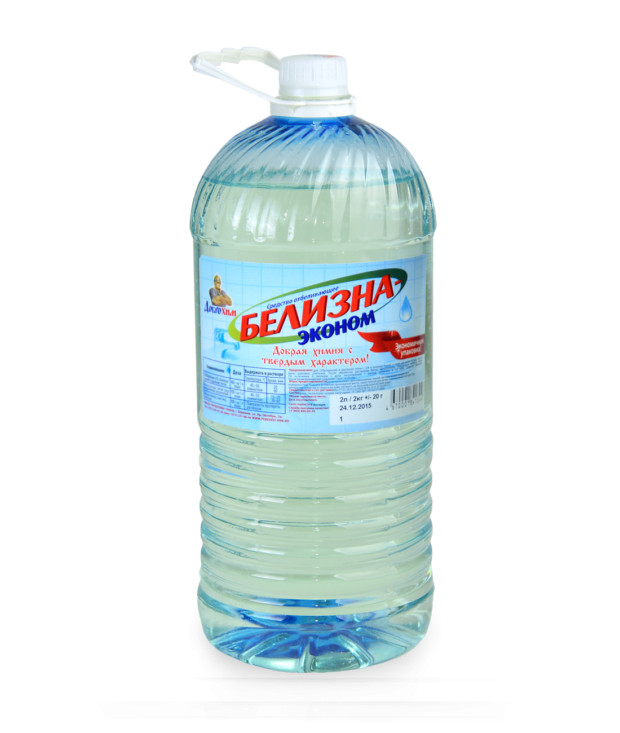
No. 11. Steam cleaner
If the apartment has a steam cleaner, then it can also be used to tidy ceramic tiles. Hot steam, leaving under high pressure, is able to heat and dissolve contaminants. In this way, you can remove grease stains, plaque, cope with mold, neutralize spores and germs. After processing, the tile surface must be cleaned with a damp sponge and then wiped dry with a soft cloth.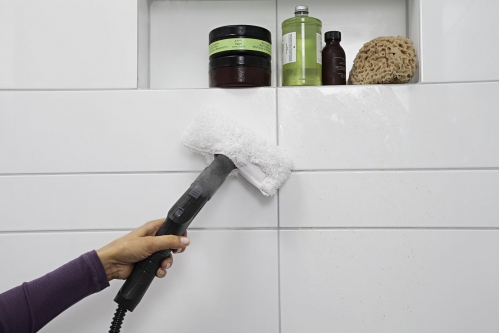
No. 12. Melamine sponge
Melamine sponge allows dispense with special cleaners, more precisely, it is a detergent. Such sponges are made from melamine foam, which is able to penetrate any hard surfaces and remove all kinds of dirt, stains and deposits. To carry out cleaning, it is only necessary to wet the sponge with plain water, efforts should be made at least. The melamine sponge can be used to clean a wide range of surfaces, including tile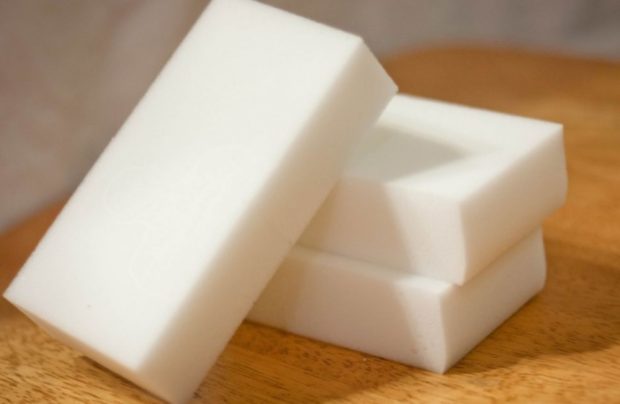
No. 13. Cleaning tile joints
Often the most problematic place is precisely the tile joints. The most effective among all the above cleaning agents will be special gelssold in household appliance stores. From folk remedies work best vinegar, ammonia or ethyl alcohol solution, as well as a steam cleaner.
If the seams are so dirty that not one of the methods is able to clean them, then you will have to take radical measures - completely change the grout:
- the old grout is cleaned with a paint knife (they make several cuts, and the layer of the old grout begins to fall out), with an electric chisel (an expensive tool) or screwdriver with a brush nozzle (small turns are used);

- fungus and mold are carefully cleaned;
- treatment with special impregnation, which will kill the remaining mold spores and prevent the further development of the fungus;
- when the antiseptic is completely dry, you can go to applying a new layer of grout.
It is worth noting that if the tile is more than 15 years old, it is necessary to take out the old grout very carefully, since it can be the last binder that allows the tile to be held on the surface of the wall or floor.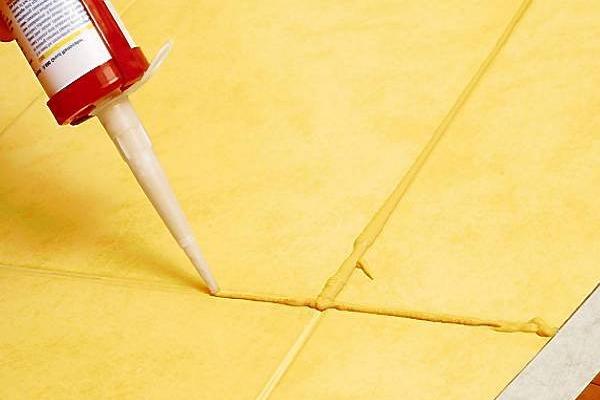
No. 14. Tile cleaning after repair
During the repair work, specific compositions can get on the tile, and it is far from always possible to cope with the universal tools described above, so cleaning the tile after repair should be allocated to a separate item.
- Glue removal. The best option is to wash it before it is dry. To do this, you need a damp cloth and a rubber spatula. If glue already managed to dry, then it will be difficult to do with water alone - you'll have to do weak solution of ammonia or vinegar, and thoroughly moisten them with traces of glue.Polymer glue clean acetone solution, but the main thing here is not to overdo it so as not to damage the tile. When the glue is softened, it is cleaned with a hard sponge, sandpaper or a spatula, being extremely careful. The easiest way to remove any glue residue is to use special solvents, but it is necessary to carefully analyze their composition for the presence of substances hazardous to the tile.

- Cleaning off primers. Primer marks should also be washed away as soon as possible. If the solution hardens, you will have to resort to a special solvent-based wash for help, or use acetone.
- Grout removal. It is much easier to control the process of getting the grout on the tile, so you can immediately remove the residue with a damp cloth. It will be more difficult to remove drops of epoxy grout from the tile after it dries - you can not do without a special solvent.
- Removing silicone sealant. Thick residue sealant can be removed mechanically by simply cutting off the unwanted part with a knife. When it comes to surfaces susceptible to mechanical stress (e.g. acrylic bath), it is better to use a chemical cleaning method. Suitable, for example, car wash.
Finally
Tiles will retain their original appearance for a long time if each week they are treated with a detergent for glasses and mirrors. It will be much easier to clean the glossy surface, so pay more attention to the care of relief and porous tiles.

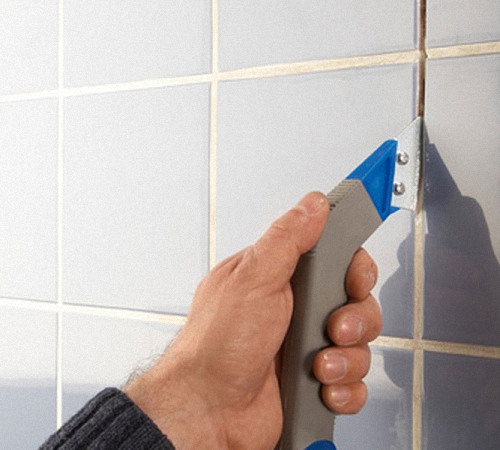
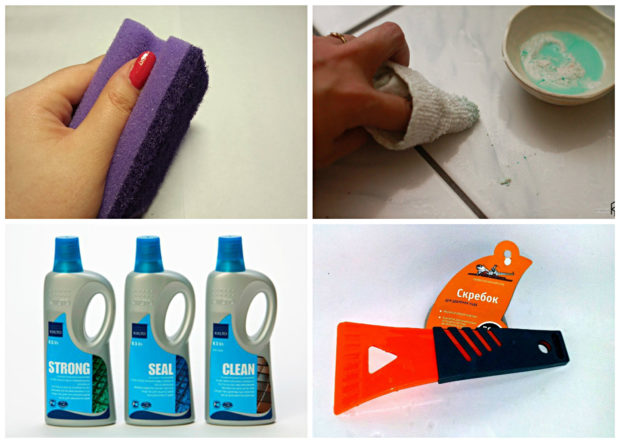
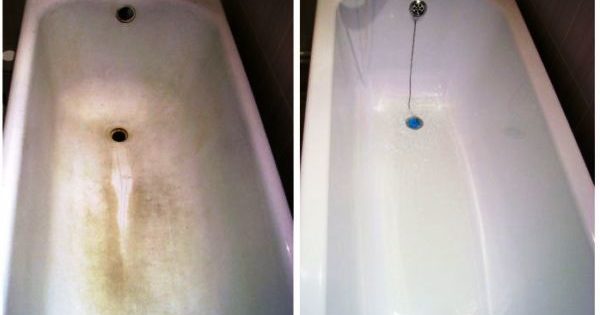
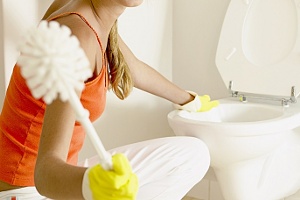
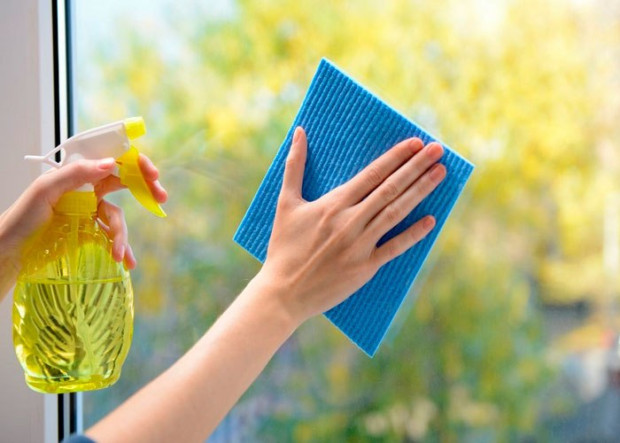
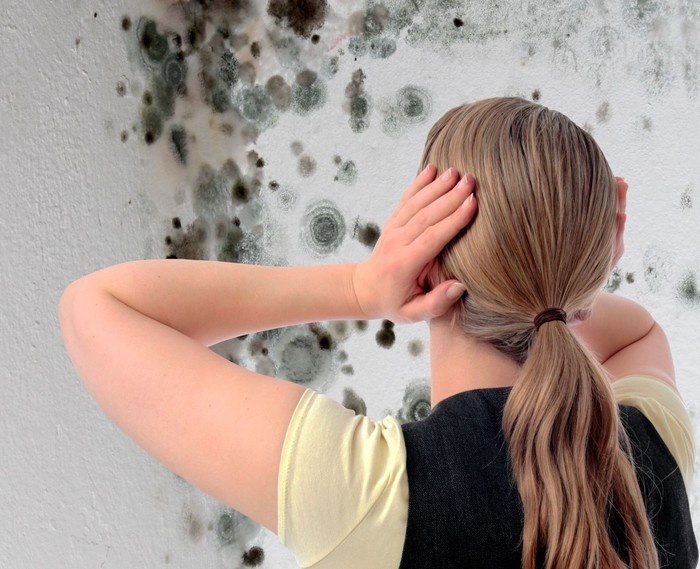
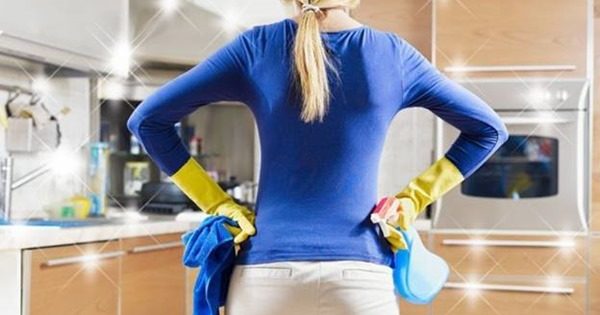
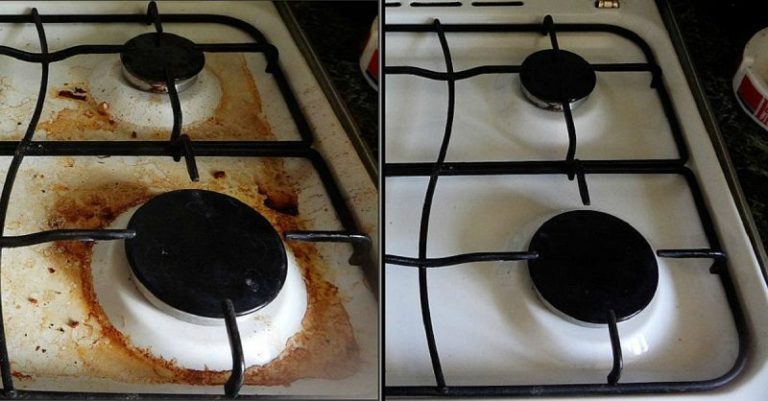
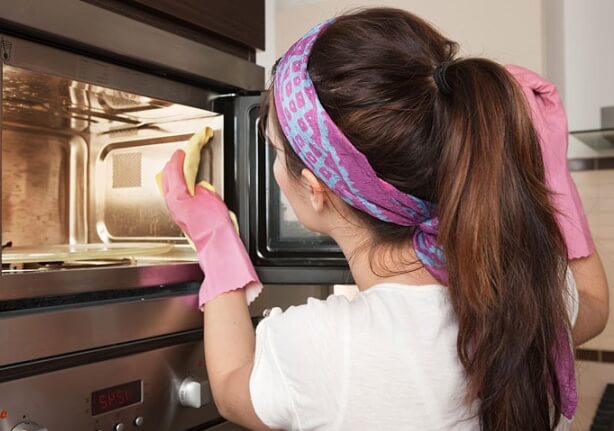
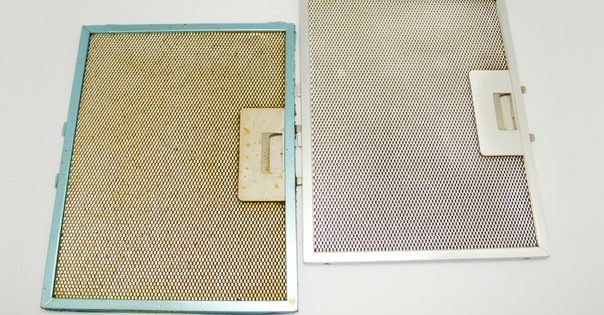
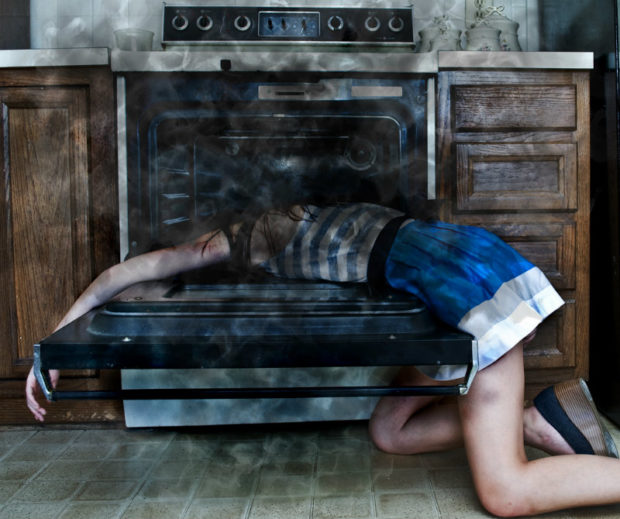

Many thanks! Great and very useful tips.